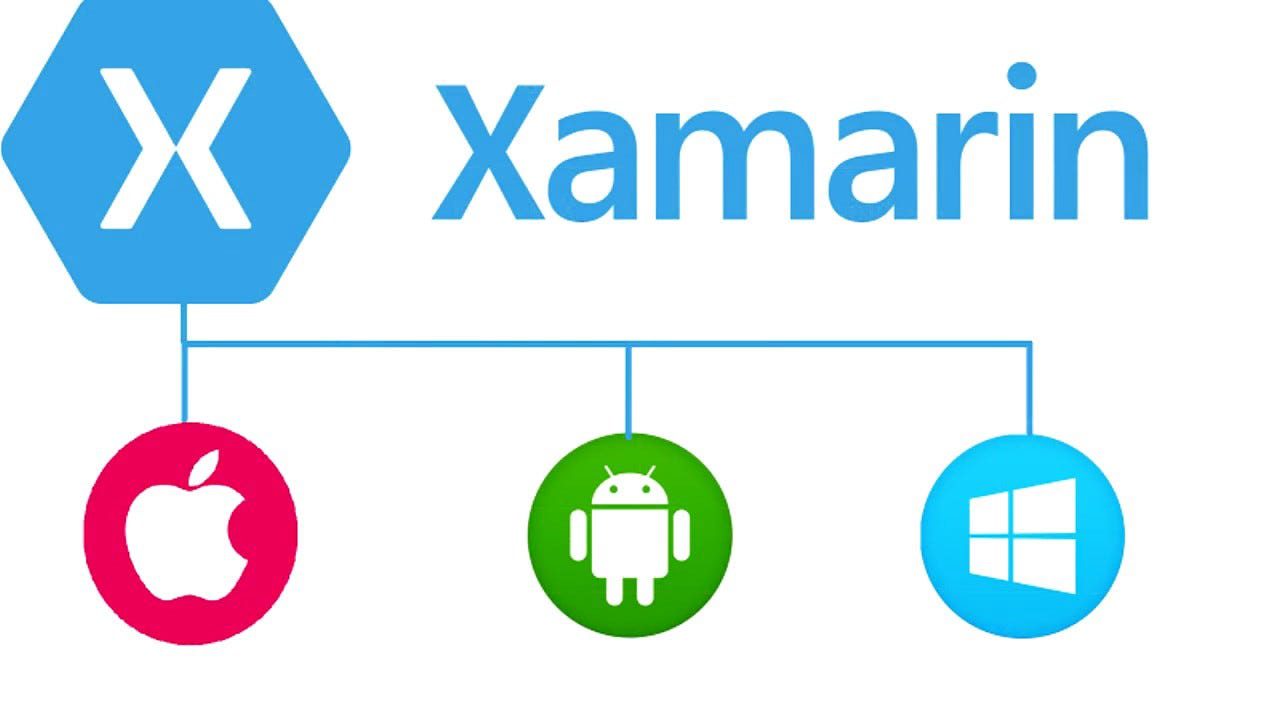The mobile technology landscape has become an integral part of our daily lives, with billions and trillions of mobile devices surrounding us. In the realm of mobile app development, giants like Google’s Android, Apple’s iOS, and Microsoft’s Windows dominate the scene. For newcomers in the mobile development domain, choosing the right platform to begin their journey can be a daunting task. They seek a platform that allows them to test apps on something different from what it is intended for.
Xamarin: Bridging Platforms for Mobile App Development
What is Xamarin?

What is Xamarin?
Getting Started with Xamarin
To start working with Xamarin, developers need to download Xamarin tools, readily available with Visual Studio. The installation process on Windows involves configuring Visual Studio, and developers can refer to the documentation for a step-by-step guide.
The Working Mechanism of Xamarin
Understanding Xamarin’s Approach
Xamarin has revolutionized mobile app development by converting the Android and iOS SDKs into C#, making it more familiar to developers. This means developers can use the same codebase for both platforms, eliminating the need to remember syntax differences. The User Interface (UI) remains consistent but needs to be separately built for each platform, then bound by the common codebase.
Building the User Interface
Xamarin provides two methods for building the UI: using original native methods or leveraging Xamarin.Forms. The latter allows developers to build UI for multiple platforms simultaneously, achieving almost 100% code sharing.
Xamarin.Forms: Simplifying App Development
Introduction to Xamarin.Forms
Xamarin.Forms provides developers with two primary ways to build a mobile app. They can use Xamarin.iOS and Xamarin.Android as the main approach or opt for Xamarin.Forms, a framework suitable for simple apps and prototypes. Xamarin.Forms is particularly useful when code sharing is more crucial than custom UI design.
Features of Xamarin
Xamarin extends its support to wearable devices such as Android Wear and Apple Watch. The platform offers a variety of plugins, both cross-platform and platform-specific, which enhance the functionalities of the applications. Integrating Xamarin-based cross-platform applications with popular backend platforms like Parse and Microsoft Azure is seamless.
Pros and Cons of Xamarin
Pros:
- Single Language Advantage: Xamarin uses a single language (C#) for app creation, making it superior for building high-performance apps with a native look and feel.
- Code Reusability: With Xamarin, 96% of the source code can be reused, accelerating the development process.
- Performance: Xamarin’s cross-platform app performance is comparable to native apps, and constant refinements aim to make it indistinguishable from native platforms.
Cons:
- Delayed Support: Xamarin may experience delays in providing support for the latest platform updates.
- Limited Community: The Xamarin community is smaller compared to iOS and Android, making it challenging to find experienced developers.
Xamarin Products: A Diverse Ecosystem
Variants of Xamarin Products
- Xamarin Platform: Released in 2013, it enables native Android, iOS, and Windows app development using a shared C# codebase.
- Xamarin.Forms: Introduced in Xamarin 3, it facilitates rapid prototyping and app development with minimal platform-specific functionalities.
- Xamarin Test Cloud: Allows testing of mobile apps on real devices in the cloud, simulating real user interactions through object-based UI testing.
Xamarin University: Your Gateway to Xamarin Expertise
Conclusion
In the ever-evolving landscape of mobile app development, Xamarin stands out as a powerful tool for cross-platform solutions. Despite its limitations, the advantages of code reusability, performance, and a diverse ecosystem make it a compelling choice for developers aiming to build efficient and effective mobile applications.